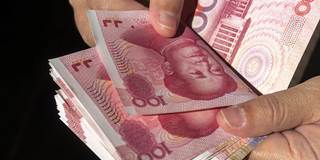
The Temptations of a Resilient China
Another growth scare has come and gone for the Chinese economy, with export growth up strongly in the first two months of 2017. For the country's policymakers, the challenge now is to stay focused on executing their domestic strategy, rather than seeking to replace the US at the center of the global system.
NEW HAVEN – Another growth scare has come and gone for the Chinese economy. This, of course, is very much at odds with Western conventional wisdom, which has long expected a hard landing in China. Once again, the Western perspective missed the Chinese context – a resilient system that places a high premium on stability.